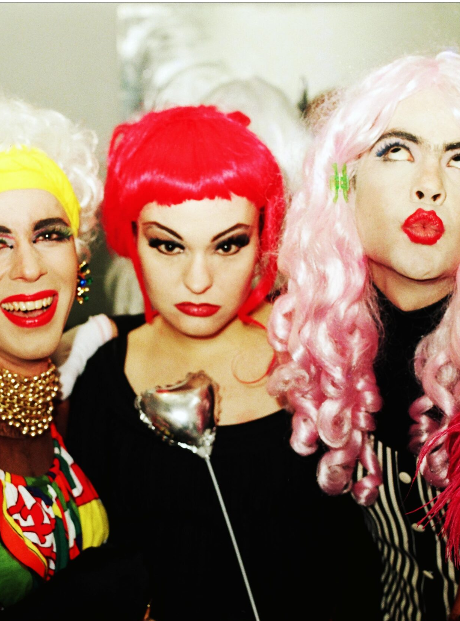
In the ’90s and early 2000s, clubber culture took over dancefloors worldwide. Epic raves, futuristic looks, and an insatiable thirst for freedom defined an entire generation. But what remains of that movement today? Does the clubber scene still exist — especially in Brazil? Let’s rewind to explore its origins, evolution, and lasting impact on underground culture, with a special focus on how it took root in the Brazilian nightlife.
Clubber culture emerged from the underground electronic music scenes of the 1980s in cities like Berlin, London, and New York. It was a lifestyle — not just a party — centered around self-expression, inclusivity, and a deep connection with music and community.
When the movement reached Brazil in the ’90s, it found fertile ground. It collided with the country’s vibrant creativity, tropical flair, and hunger for cultural experimentation. The result? A uniquely Brazilian version of clubber culture: colorful, intense, and deeply expressive.
In São Paulo — Brazil’s largest city and cultural capital — the club Nation, hidden beneath a shopping gallery on the buzzing Rua Augusta, became a key hub for the local scene. These clubs weren’t just places to dance. They were sanctuaries for outsiders, misfits, artists, and queer communities. The dancefloor became a space of ritual and rebellion, where identity was performed, reimagined, and celebrated.

Fluorescent clothes, towering platform shoes, colorful hair, and extravagant makeup — this was the signature look of the clubber. More than just nightlife fashion, it was a bold aesthetic statement that challenged societal norms. For the clubber, dressing like this wasn’t simply about dancing until sunrise; it was a declaration of identity, an act of freedom and rebellion against established conventions.
“The idea of the dance floor is this utopian place where people meet. Everyone is happy, everyone is equal,” said Brazilian journalist and author Erika Palomino, in an interview with the podcast Fio da Meada. Palomino is known for her coverage of underground culture in Brazil and her book Babado Forte, a key reference on São Paulo’s nightlife in the late 1990s and early 2000s.
More Than Music — A Way of Life
The clubber culture was never just about a night out. It represented a way of life — a philosophy rooted in the freedom to be whoever you are, no masks, no restrictions. Clubs became sanctuaries for those seeking to escape social pressures, offering spaces where identities weren’t confined by traditional roles. It was an inclusive environment, where people of all backgrounds were free to express themselves fully.
Over time, this culture of freedom extended beyond the dance floor. It began to influence fashion editorials, television programs, and media coverage, slowly seeping into the mainstream. What was once considered subversive began showing up in the everyday wardrobes of young people from all walks of life. As a result, the clubber style — and the values it stood for — reached a new level of cultural acceptance in Brazil.
Today, the clubber culture of the ’90s and 2000s is remembered with a touch of nostalgia. Many see those years as a golden era for electronic music and uninhibited self-expression. But even as times change — and social media rises as the main space for connection — the desire for authentic experiences and individual expression lives on in a new generation of ravers and across the contemporary electronic scene.
While the format of clubber culture has evolved over the years, its impact remains. Whether in the new genres emerging from the underground or the way parties and festivals are experienced today, its legacy is still felt. The essence of freedom and the search for belonging continue to pulse on the dancefloor.